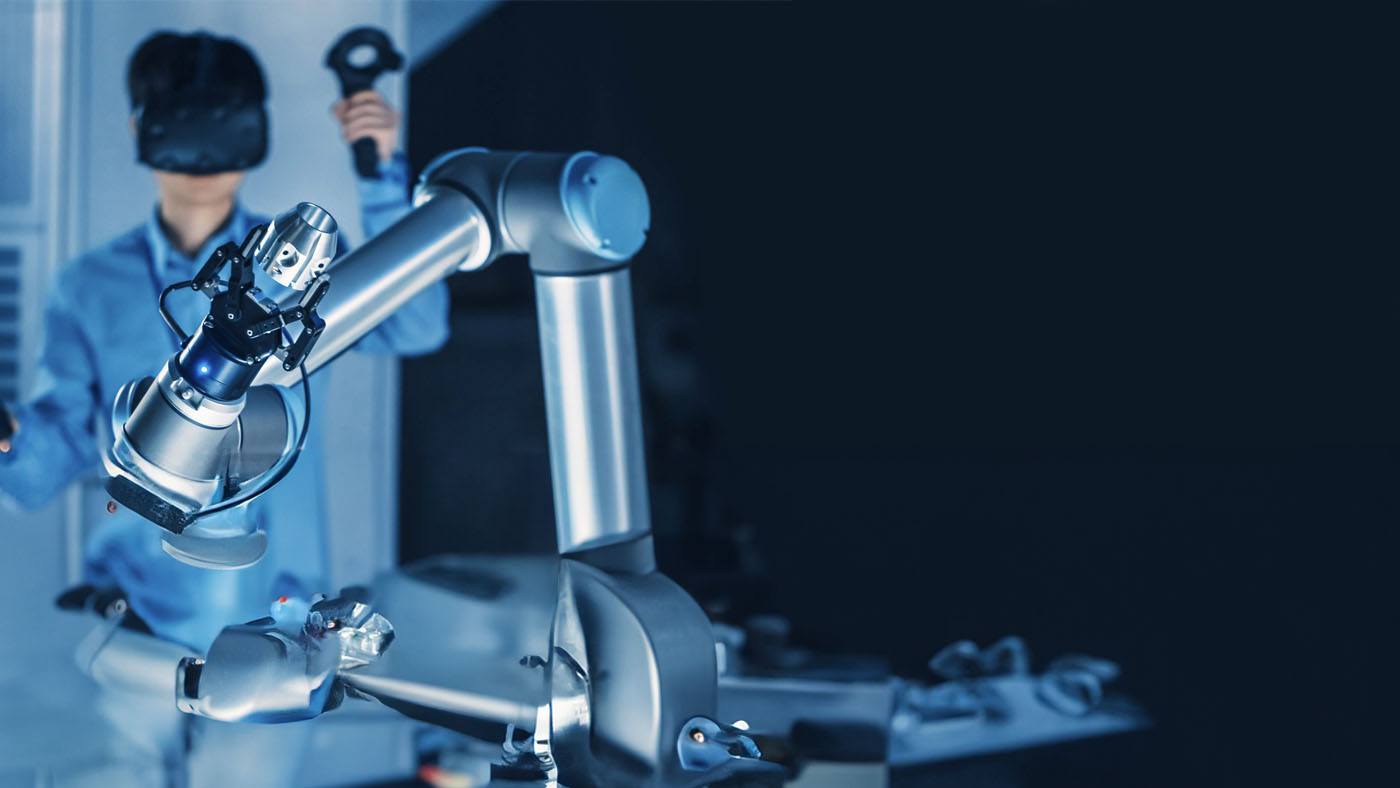Urban Insights
Exploring the pulse of modern cities.
When Robots Take Over: Will They Steal Our Jobs or Our Hearts?
Explore the future as robots revolutionize our lives—will they take our jobs or capture our hearts? Discover the surprises ahead!
Exploring the Future: Will Robots Really Replace Human Jobs?
As we delve into the topic of robots replacing human jobs, it’s essential to recognize the rapid advancements in technology and automation. According to a report by the McKinsey Global Institute, over 60% of occupations could see at least one-third of their tasks automated. While this statistic might sound alarming, it’s crucial to understand that automation doesn't necessarily mean job loss. Instead, roles will evolve, with humans shifting towards more complex tasks that require critical thinking, creativity, and emotional intelligence—qualities that robots currently lack.
Furthermore, the transition to a more automated workforce presents unique opportunities for both workers and industries. Robots can enhance productivity, allowing for safer and more efficient working environments. For example, in the manufacturing sector, automation can handle repetitive tasks, freeing up human workers to focus on innovation and problem-solving. A study published by the World Economic Forum predicts that while many jobs may be displaced by automation, over 97 million new roles could emerge by 2025, highlighting the importance of reskilling and adapting to new technologies.

The Emotional Connection: Can AI and Robots Understand Human Feelings?
The question of whether AI and robots can understand human feelings has been a growing topic of interest among researchers, technologists, and ethicists alike. While artificial intelligence has made significant strides in processing data and learning from it, the emotional realm remains complex. Scientific American highlights that AI can be programmed to recognize emotional cues through facial expressions and tone of voice, but understanding the nuances of human emotion is a far more challenging task. Feeling emotions involves not just recognition but also empathy, which is inherently subjective and deeply rooted in human experience.
Furthermore, experts argue that the emotional connection between humans and robots may never be fully realized due to the differences in our cognitive processes. Forbes asserts that while machines can analyze and respond to emotions, they do so without genuine understanding or personal experience. This distinction raises ethical questions about how we interact with AI, and whether it is wise to attribute emotional characteristics to machines that simply do not possess the consciousness to feel. As technology advances, the ongoing dialogue about the emotional capacities of AI and robots will continue to evolve, demanding our scrutiny and ethical considerations.
What Happens to Employment in a World Dominated by Automation?
As automation technology continues to advance, the question of what happens to employment becomes increasingly critical. While automation can lead to enhanced efficiency and cost savings for businesses, it also raises concerns about job displacement. According to a report by the McKinsey Global Institute, up to 800 million jobs globally could be affected by automation by 2030. This shift in the employment landscape necessitates the adaptation of the workforce to new roles that often require different skill sets.
However, while some industries may see significant job losses, others are projected to experience growth, particularly in areas such as technology, health care, and renewable energy. The World Economic Forum predicts that 85 million jobs may be displaced by shifts in the division of labor between humans and machines, but also acknowledges that 97 million new roles could emerge. To thrive in this evolving world, it's crucial for workers to embrace continuous learning and upskilling opportunities, ensuring they remain relevant and competitive in a market increasingly influenced by automation.